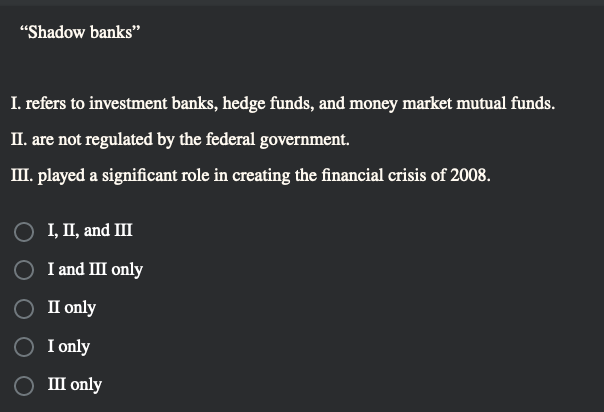

It can lead to fewer private investments as a result of excessive government borrowing.Since higher incomes cause an increase in expenditure and a fall in the trade balance, it can cause a higher trade deficit.It is difficult to implement since major economic sectors cannot survive with spending cuts.This leads to a rise in expenditure and a fall in taxes. It is difficult for governments to implement a contractionary policy.It takes a long period for the implementation of the policy and the effects being felt in an economy.The discretionary fiscal policy has been criticized since: It is a policy that slows economic growth since less money is channelled towards employees and contractors. Contractionary fiscal policy- This is an instance where the government raises taxes or cuts spending.However, an expansionary fiscal policy can cause a budget deficit since the government spends more than it receives. For faster economic growth, the government can opt to cut taxes and spending This boosts product demand hence driving economic growth. When taxes are decreased, people are left with more money to spend. It leads to the creation of jobs hence boosting spending which in turn leads to economic growth. Expansionary fiscal policy- This is an instance where the government decreases taxes and increases spending.Budget process- This is the determination of how the budget will be laid out.The tax code- This includes taxes on corporate profits, excise fees, imports and worker’s incomes.The discretionary policy uses two tools, namely: It is based on ad hoc judgement of policymakers as opposed to predetermined rules. This is an economic policy change in taxes or government spending that aims to stabilize the economy. These policies take more money in form of taxes from an economy when incomes are high and put back the money in form of tax refunds or government spending in times of low incomes and slow economic activities.

While they counter recessions and other negative economic shocks, they can also be used to prevent inflation or cool off an expanding economy. The automatic stabilizers are favoured by Keynesian economics to prevent economic recessions and slumps.

When incomes decrease due to factors such as failing investments, job losses or a recession, the amount then decreases. Other automatic stabilizers can include the use of a progressive taxation structure where incomes taken in taxes increases with an increase in incomes. The most popular automatic stabilizers include personal income taxes, transfer systems such as welfare and unemployment insurance and progressively graduated corporate taxes. This is a fiscal policy that aims to balance fluctuations in an economy via their normal operations as opposed to additional authorization by policymakers or the government.Īutomatic stabilizers are referred to this since they do not need external triggers to stabilize an economy.


 0 kommentar(er)
0 kommentar(er)
